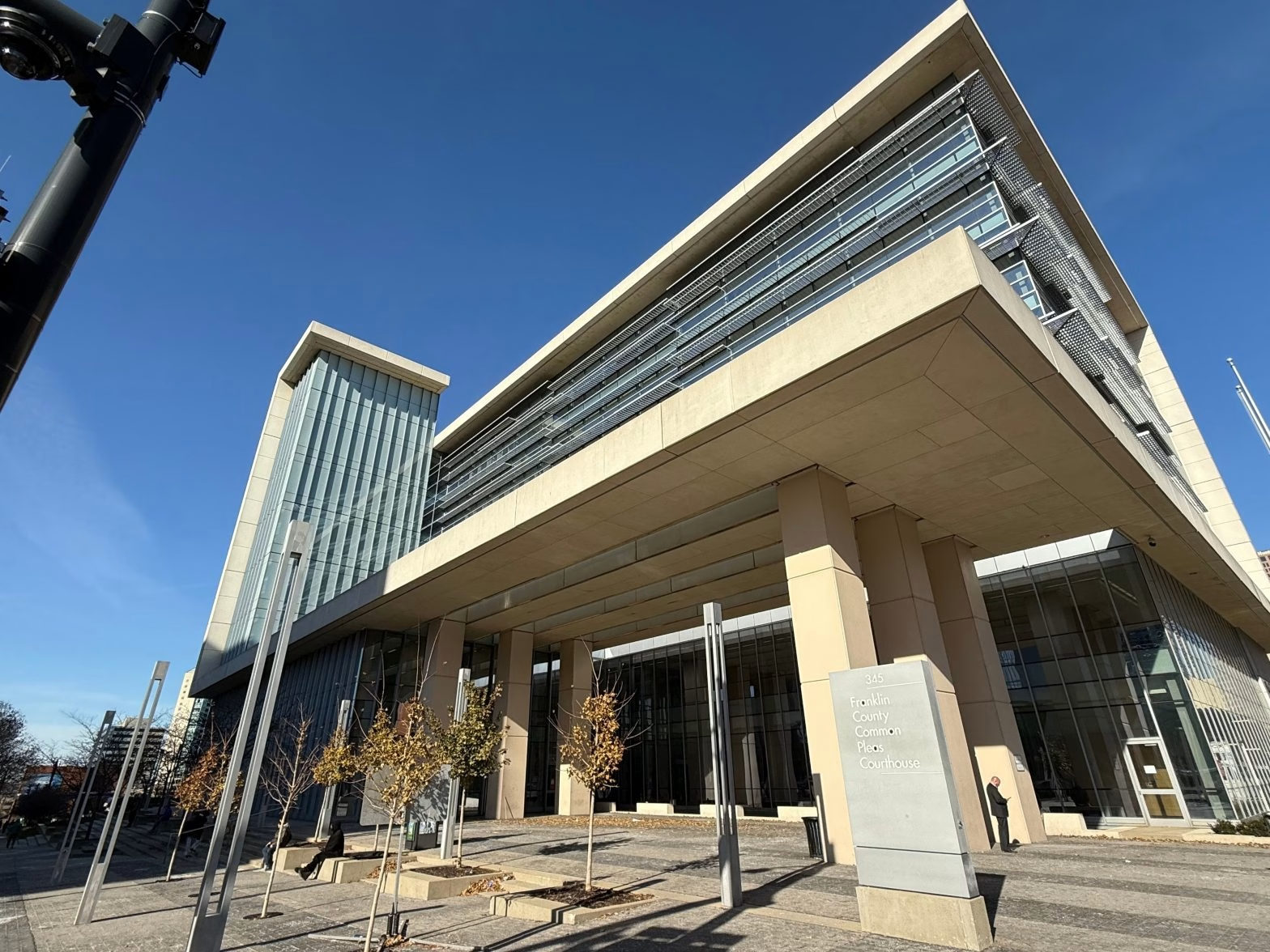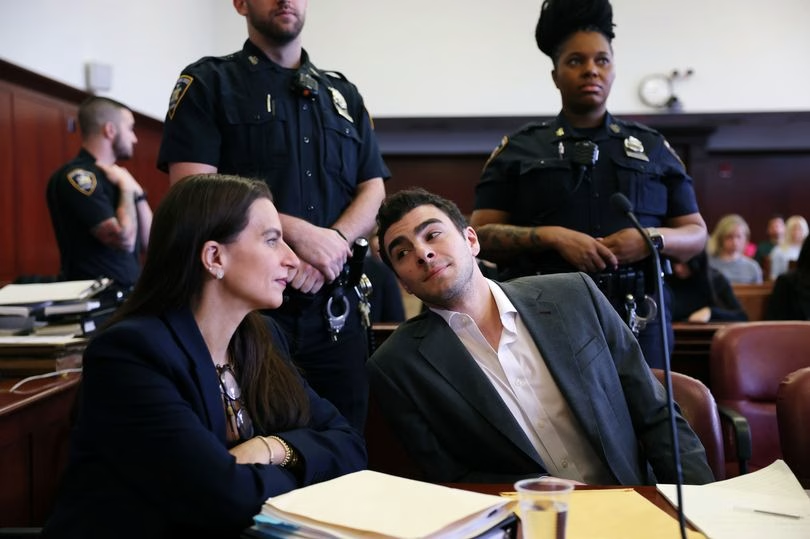Teens Saving a Northeast Wisconsin Village From Becoming a News Desert

The Role of the Pulaski News in a Changing Media Landscape
For over 80 years, the Pulaski News has served as a vital source of information for the community. As local news has declined nationwide, this student-run publication has become a fixture in the rural village of Pulaski, Wisconsin. While its focus is on positive stories about community members, some residents feel it could offer more independent and critical coverage. For example, the paper currently lacks regular reporting on village board meetings.
Educators emphasize that students gain essential skills through their work on the paper, such as communication and critical thinking. Amy Tubbs, a journalism instructor at Pulaski High School, stresses the importance of the opening sentence in any article. “The most important sentence in any article is the first one. If it doesn’t introduce the reader to proceed to the second sentence, your article is dead.”
Three weeks into the school year, six teenagers gather around desks, listening intently as Tubbs teaches them the fundamentals of writing a news story. For more than eight decades, the Pulaski News has been the primary source of news for the community, especially since other local outlets have disappeared.




As local news has dwindled across the country, the Pulaski News has become an essential tool for both students and residents. It prepares students for the workforce while keeping the community informed about hyperlocal events. Through regular practice in writing, interviewing, photography, and media literacy, students develop skills that will serve them well beyond high school.
Students say working for the paper helps them feel more connected to their northeast Wisconsin community. “I joined last year because I really love writing, and I saw this as an opportunity to get to do that,” said sophomore Dellah Hall. “I’m now able to write not just for school and grades, but this is for the community.”
The paper has built a strong sense of trust with the community, which is rare in today’s climate of declining trust in news. Students nurture this by regularly sharing feel-good stories. For instance, freshman Neville Nguyen is writing a profile on a well-known “legend of Pulaski”: an 84-year-old woman who runs the local McDonald’s drive-through every morning. Nguyen’s article will be published in the Pulaski News’ Thanksgiving edition, an annual feature that highlights someone who has something for which to be thankful.
“Its own kind of niche … That’s not necessarily something that a bigger paper is going to pick up … There’s definitely very much a hometown kind of feel to it,” said Tubbs.

A History of Local News in Pulaski
Roughly 20 miles outside of Green Bay, the village of Pulaski sits amid an expanse of farmland. The modest 3,700-person town straddles Brown, Oconto and Shawano counties. The area has a turbulent history with local news. Residents saw a flurry of different papers stumbling to provide the headlines before Pulaski High School took the reins in the 1940s.
During the 1920s, residents relied on the Pulaski Herald. Archives of the Herald are sparse, but they show it ceased publication by the 1930s, when a resident launched the Pulaski Tri-Copa. In 1939, the Tri-Copa abruptly announced it would be rebranding, ambiguously citing “skirmishes” over the previous year.
“We don’t care to divulge what we have up our sleeve at this time,” the Tri-Copa’s farewell edition read. “It will be more pleasant to surprise you, but take our word for it, you are going to get more paper for your money.”
Two months later, the paper restarted as the Tri County News. It ran for three years before folding due to financial issues brought on by the Great Depression.

Leaders at Pulaski High School saw an opportunity for their student newspaper, which was roughly four years old, to fill the gap left by the Tri County’s closure. Ahead of the 1942-43 school year, the paper debuted a new title: The Pulaski News.
“Pulaski needs a newspaper,” the first edition read. “To fill that need; to provide a means of informing the parents and community on the progress of the school; to provide the community proper channels for information, news, and advertising; and give students experience in journalism the Pulaski Board of Education authorized the publishing of a newspaper.”
When Pulaski News began publishing, it was tabloid-sized. A team of students handled the enterprise’s business aspects, including selling ads across the community. Today, 83 years’ worth of newspapers — including those early editions — live on a classroom shelf in dozens of hardcover books. In its current iteration, the paper is lengthier and printed in color, but the model remains largely the same.
Although Pulaski’s students fit within a nationwide demographic that consumes much of their news online, the writers still find appeal in the print product’s legacy. Senior Madelyn Rybak said that while she reads the majority of her news online on her phone, writing for Pulaski News makes her want to consume more print stories. Her parents subscribe to the Green Bay Press-Gazette’s print edition, which she reads.
“I like the feeling of holding the newspaper,” Rybak said. “It kind of feels like I’m more connected to the stories… instead of just being behind my phone.”




A ‘Valuable Service’ for the Community
At the front of the Pulaski News’ classroom, a calendar governing the paper is posted on the whiteboard: Students turn in stories one week before the paper is sent to press every other Tuesday. It’s printed on Wednesdays and delivered on Thursdays. The school mails roughly 1,000 copies to subscribers, who pay $30 or $35 annually. Eight local businesses sell another 100 copies for $1 each.
Each semester, roughly a dozen students work on the paper for class credit. Course enrollment is fueled largely by word-of-mouth between friends or parents encouraging their teenagers to follow in their footsteps. In the summer, students vie for five part-time positions that pay $11 per hour.
The operation has felt increasingly crucial as Pulaski feels the national trend of thinning local news coverage. Nearby papers once covered Pulaski more closely than they do today. Now, regional news outlets sometimes drop in for flashier stories, such as crime issues, but there’s no source of consistent information about local events beyond what the students publish.
“You’ve seen other local papers close and their communities really don’t have anything,” said Bob Van Enkenvoort, the school district’s communications coordinator and the paper’s editor. “So the district sees this as a valuable community service.”
Though the students fill a hyperlocal information gap, relying on a school-sponsored paper means the town still lacks independent, critical coverage — like an increasing number of places across the U.S.
“It doesn’t really have a good feel for political issues in town, so the community is not all that well served, as far as coverage of local village issues like the village board meetings or growth in the village, so that’s sort of a negative,” said Steve Peplinski, a local resident creating a digital archive of Pulaski’s newspapers for the village’s museum. Peplinski wrote for Pulaski News himself when he was in high school.
While the school district’s administration doesn’t decide what Pulaski News covers — “I’ve never really had anyone say ‘you can’t do this’ or ‘you can do this.’ That’s my decision,” Van Enkenvoort said — the staff generally doesn’t wade into hard news. Outside of the routine sports, local events and school news, the staff has carved out a niche creating more “positive stories”: They profile interesting community members and spotlight Pulaski alumni doing good deeds.




Securing Soft Skills
The first time Morgan Stewart, a 15-year-old sophomore, picked up the phone to call a subject for her story, she was so terrified that she shook. But over time, those nerves dissipated, and she’s found herself growing into more of a “people person.”
“I think I want to pursue doing journalism,” Stewart said. “I didn’t have much of a plan coming into high school, but after doing this … (Van Enkenvoort) has helped me a lot to find what I love most about Pulaski News, and it’s opened my eyes a lot to the future and what it holds for me.”
There’s always a learning curve at the start of a semester. Students are typically scared to make cold calls. They sometimes try to text community members, only to realize they’re messaging a landline. For their first class assignment, students write profiles about one another to practice asking good questions.
With a few notable exceptions, many students who participate in the Pulaski News aren’t planning to go into the journalism field. But through the routine — and sometimes uncomfortable — work, they learn many “soft skills,” or traits that allow them to communicate and work well with others, Tubbs and Van Enkenvoort said.
“We tend to try to get them away from their phones and talk to people face-to-face, so they get used to talking to adults and having to think on their feet and have conversations, which will help them when they’re interviewing for colleges or interviewing for jobs,” Van Enkenvoort said. “A lot of them are just not that comfortable with it at the start, but they get better and they feel more comfortable once they do.”
On paper, the experience allows Pulaski students to complete a class that the state considers “post-secondary preparation,” or training for life after high school. In the 2023-24 school year, 39% of Pulaski High School students participated in a “work-based learning program” like Pulaski News, far above the state average of 9%.

Connecting Students to Community
While stories on sports games and district updates are commonplace in Pulaski News, students also devise the creative stories that fill the paper. In the process, many become more closely engrained in their community.
Rybak is from Hobart, a roughly 20-minute drive from Pulaski, so she isn’t as familiar with the area as some of her classmates. Working for the paper has helped change that. When there’s pressure to come up with a story pitch, she finds herself scouring the internet and local organizations’ websites for events.
“We encourage the students to try to come up with story ideas for two reasons,” Van Enkenvoort said. “We need everybody’s eyes and ears out in the community. But also, if they come up with a story and they’re excited about it, they typically do a really good job on it.”
At the end of the year, Tubbs asks students to share their favorite stories. Without fail, it’s always the ones centering community members. That’s true for Rybak, whose standout story last year was a front-page feature on Pulaski’s summer school program. She interviewed four teachers, the program director and students who attended classes.
“Our summer school doesn’t really get recognition, even though there’s a lot that goes into it,” Rybak said. “I kind of liked the feeling that I was shining a light on the people who do a lot of work in our community.”
“(The paper) makes me more aware of what’s going on in the community,” she said. “Through interviewing people who I would literally never talk to otherwise, it just helps me get to know the people there that I wouldn’t have known.”
- Museum of Science evacuated after bomb threat report; all clear issued - December 15, 2025
- SMPN 3 Randudongkal Rayakan HUT ke-40 dengan Lomba dan Aktivitas Karakter Siswa - December 15, 2025
- Jaga Sekolah Bersama, Ketua DPRD Pasuruan Ajak Semua Pihak Lindungi Fasilitas Pendidikan - December 15, 2025




Leave a Reply